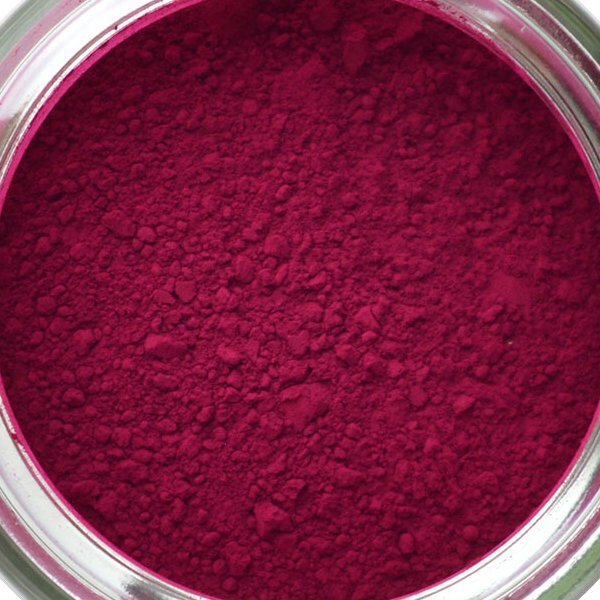Title photo by Distinctly Average
Woodlice are crustaceans, and get their name from being found in wood, and ‘louse’ (a parasitic insect) however, they are neither insects or parasites!
There are over 3500 species of woodlouse, and are found throughout the world except Antarctica

Above photo by Nico Ardans
Their ubiquity has resulted in many (up to 250) different local names for them including…
- Boat-builder (Newfoundland, Canada)
- Butcher boy or butchy boy (Australia, mostly around Melbourne)
- Carpenter or cafner (Newfoundland and Labrador, Canada)
- Cheeselog (Reading, England)
- Cheesy bobs (Guildford, England)
- Cheesy bug (North West Kent, Gravesend, England)
- Chiggy pig (Devon, England)
- Chisel pig
- Chucky pig (Devon, Gloucestershire, Herefordshire, England)
- Doodlebug (also used for the larva of an antlion and for the cockchafer)
- Gramersow (Cornwall, United Kingdom)
- Hog-louse
- Millipedus
- Mochyn coed (‘tree pig’), pryf lludw (‘ash bug’), granny grey in Wales
- Pill bug (usually applied only to the genus Armadillidium)
- Potato bug
- Roll up bug
- Roly-poly
- Slater (Scotland, Ulster, New Zealand and Australia)
- Sow bug
- Woodbunter
- Wood bug (British Columbia, Canada)
- Wood pig (mochyn coed, Welsh) source

Above photo by mark faux
They have dark grey or black shells, with armour like exoskeletons made of 7 plates. Each plate has 2 pairs one pair of legs attached, making 14 legs in total. They grow between 0.7mm to 18mm, and can live up to 2-3 years!

Above photo by davholla2002
Their main defensive behaviour is to roll up into a ball, and they can also release an odourous chemical to deter predators. They will also ‘ball up’ in order to prevent dehydration, and moisture loss during dry periods!
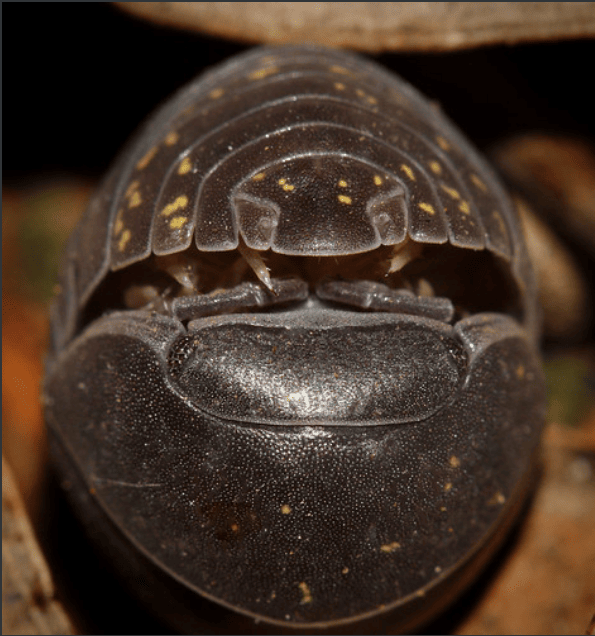
Above photo by Jim McLean
They are living fossils! Their aquatic ancestors lived in the oceans during the Silurian and Devonian periods. Later on, probably during the Carboniferous, they had evolved to live on land

Above photo by Sam
During this aquatic to terrestrial transition they had to evolve a brood pouch (marsupium) to prevent their eggs and young from drying out (Their ancestors would have released eggs directly into the water).
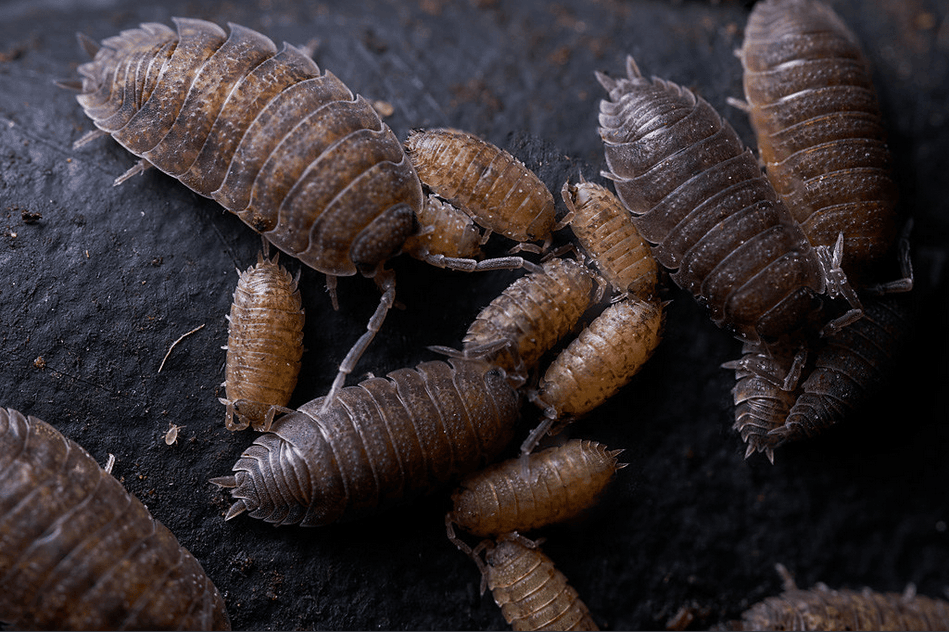
Above photo by Brian Valentine
Another adaptation is breathing via their gills which are located on their hind legs and are always covered with a thin layer of water. As a result they have to live in moist, damp environments. They also prefer to live in groups!
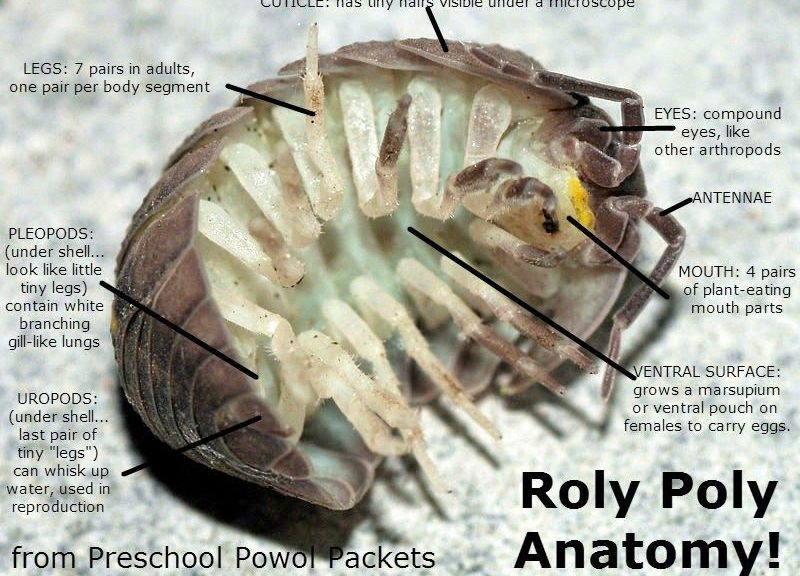
Image source
They eat decaying leaves, fungus, mold, and even the droppings of other animals. They help to break down vegetation and organic matter and play an important role in the nutrient cycle!
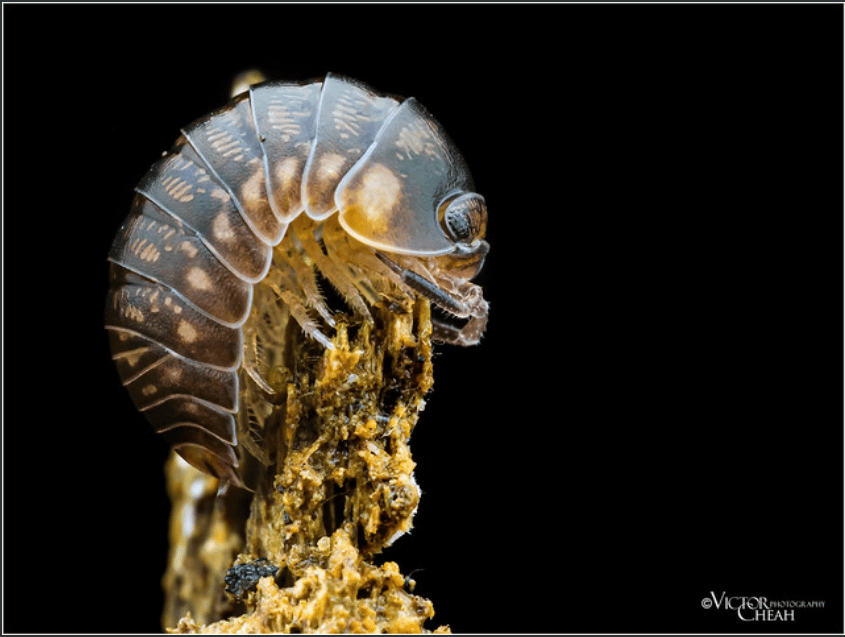
Above photo by Siew Chuan Cheah
They need to shed their exoskeleton as they grow, and this molt takes place in two stages. Firstly, the back half is lost, then about 2-3 days later, the front half sheds. Most other athropods shed their cuticles in one go

Above photo by Max Thompson
Woodlice can tolerate contaminated soil, unlike most other creatures!
…they can crystallise heavy metal ions midgut like copper, zinc, cadmium, arsenic and lead. This cleans up soil and purifies contaminated water. source
Aren’t they fab?
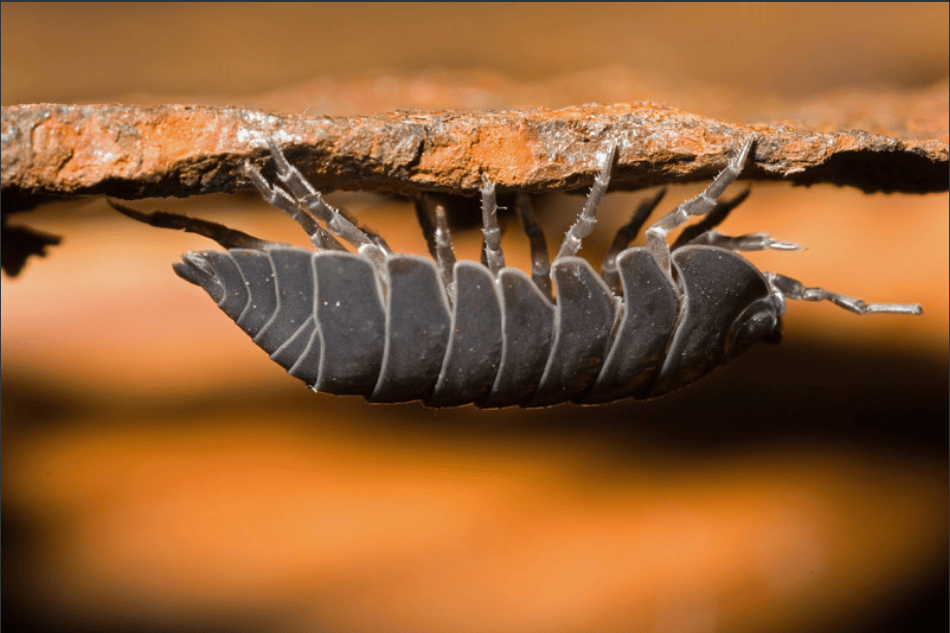
Above photo by David Graham
All information from wikipedia here and here unless stated otherwise
As always, I’m not an expert, I just like sharing fun things…also this is my first post with my new mander account…woooo!
edit- ‘one pair of legs’
We just call them the generic “isopods” they keep our terrarium soil cleaned and aerated.
They are excellent for that!
exoskeletons made of 7 plates. Each plate has 2 pairs of legs attached, making 14 legs in total.
Oops! 1 pair per plate, right?
In Brazil they’re called ball armadillos (“tatu-bola”).
Whoops! You’re right, I’ll edit it 👍
I like ball armadillo! I was quite amazed by the amount of different names they have when I was reading up
Nice read, thanks! I’ve always found them cute, didn’t know they were crustaceans!
Not edible crustaceans though, apparently they taste like urine, probably due to the fact that they release ammonia…One of their local names I heard in Wales is ‘piss the bed’ Also…
In the Netherlands, they’re called pissabeds source
But, despite all the piss they’re great little critters 😀
Wtf is a “cockchafer?”
It’s when I bang ur mom dry

This large, brown beetle can be seen swarming around streetlights in spring. They live underground as larvae for years and emerge as adults often in large numbers. Listen for their characteristic buzzing sound…
…nothing remotely rude, just the British way of naming things, like ‘cunt gropers lane’ ‘cockermouth’ ‘wet wang’ etc
Yeah, that thing looks like it could definatly chafe a cock.
And as a side benefit, when you vanquish one you get rolly polly parts, which - along with the tough gunk they sometimes drop - allows you to make an awesome armor!
Grounded???
Doodlebug (also used for the larva of an antlion and for the cockchafer)
Well, that last one is something I should probably not Google.
Cockchafer is a totally safe google, I don’t know how it would show without ‘safe’ or ‘moderate’ though
Cockchafer…

